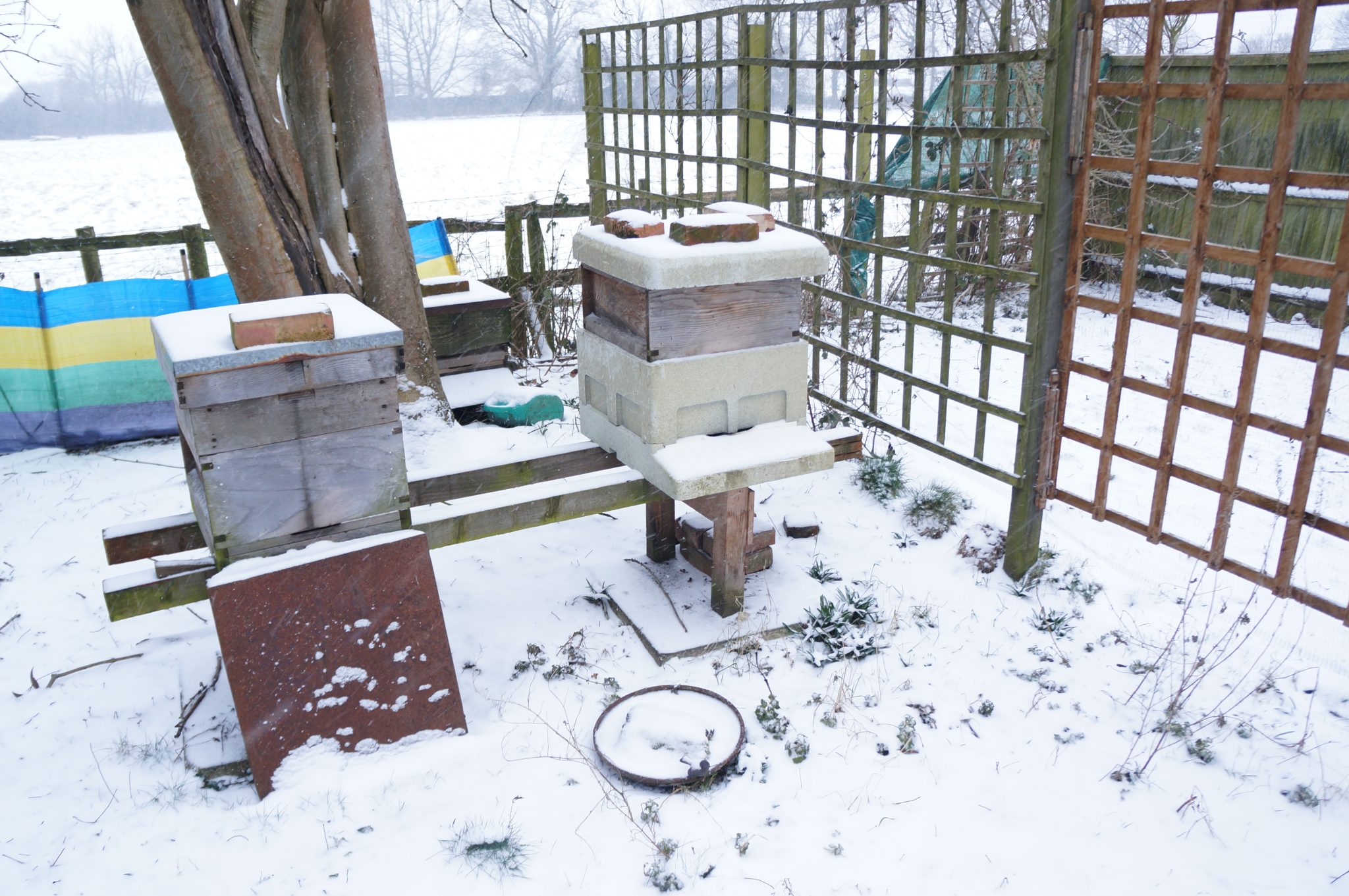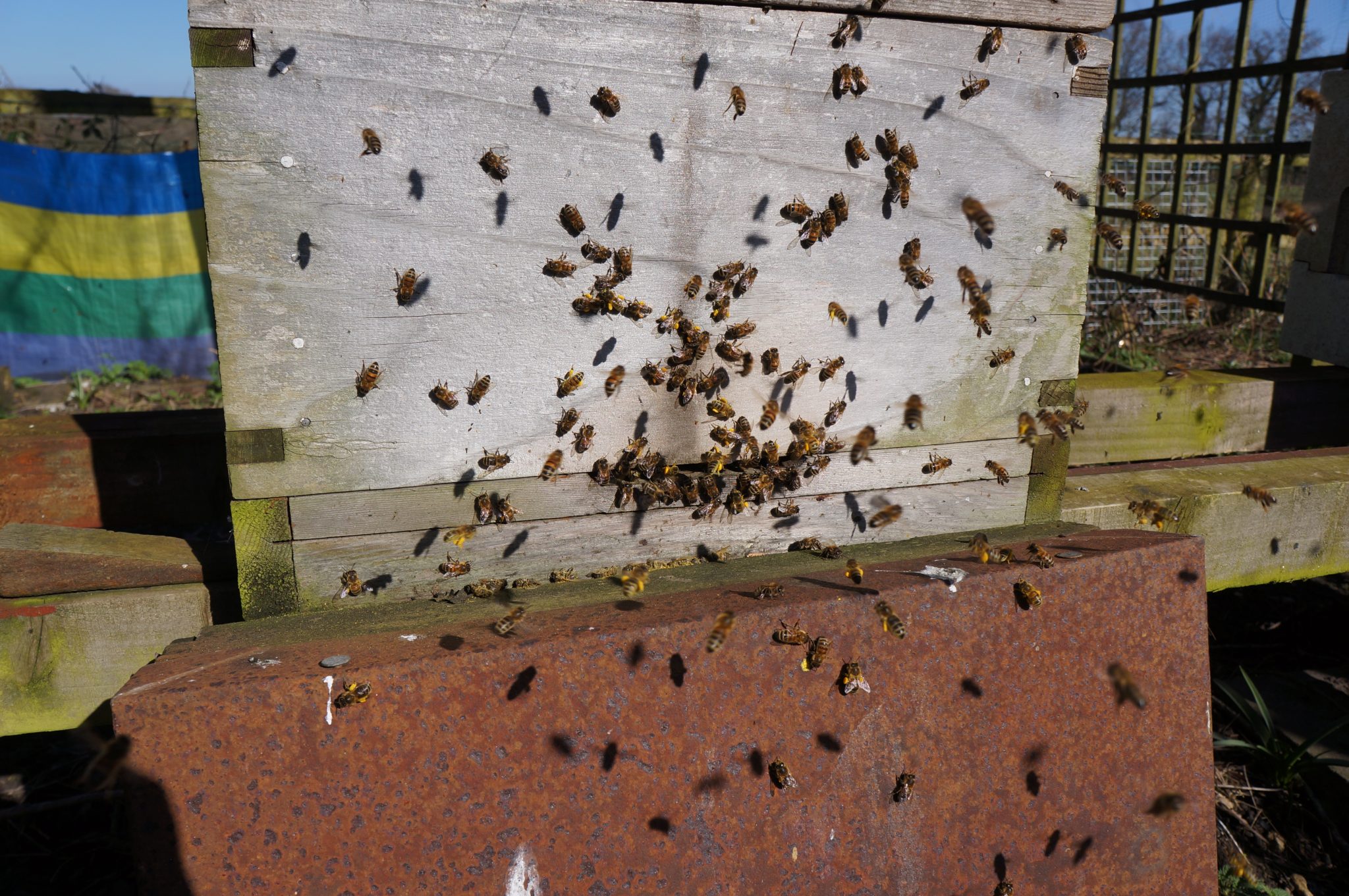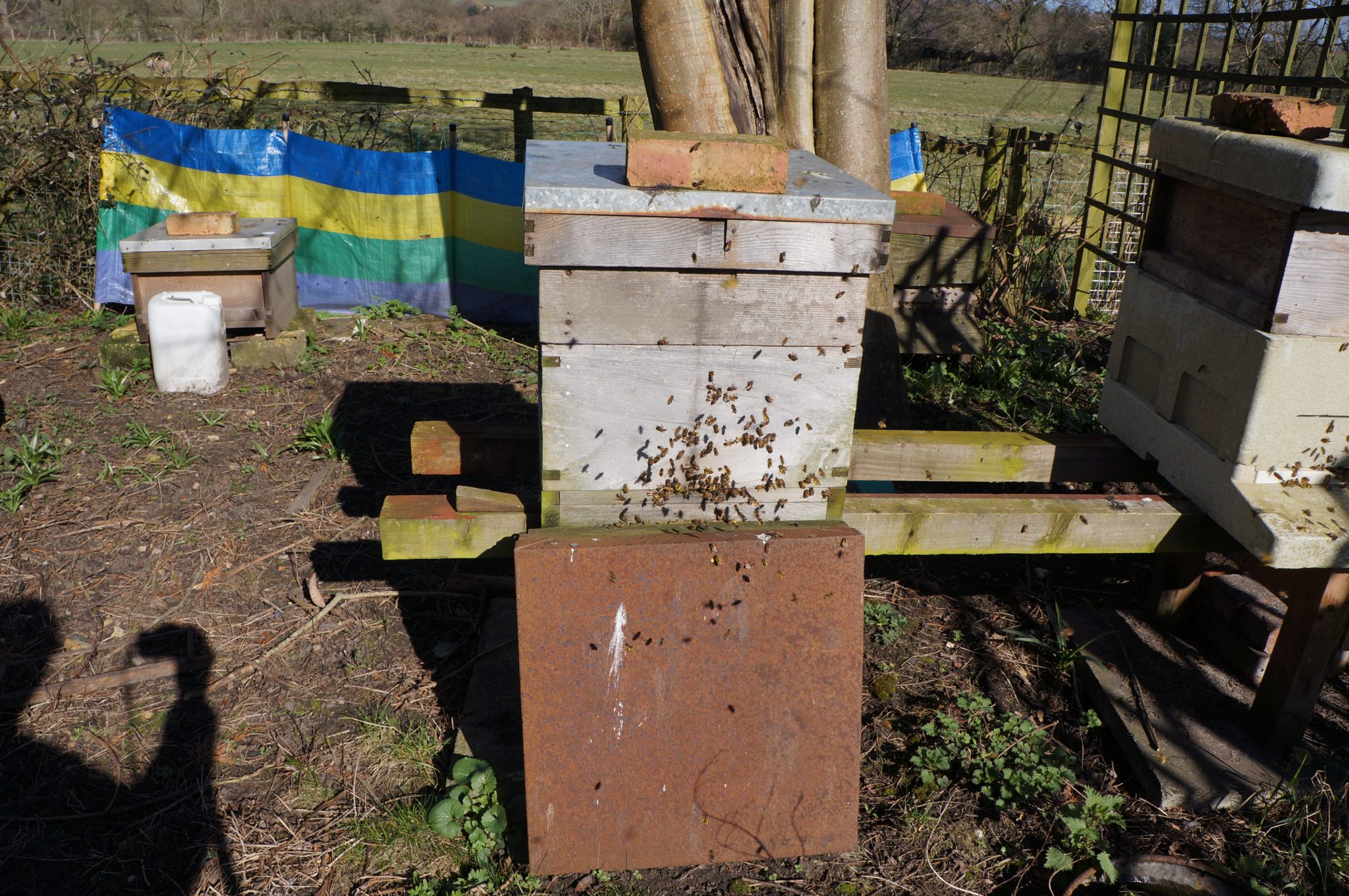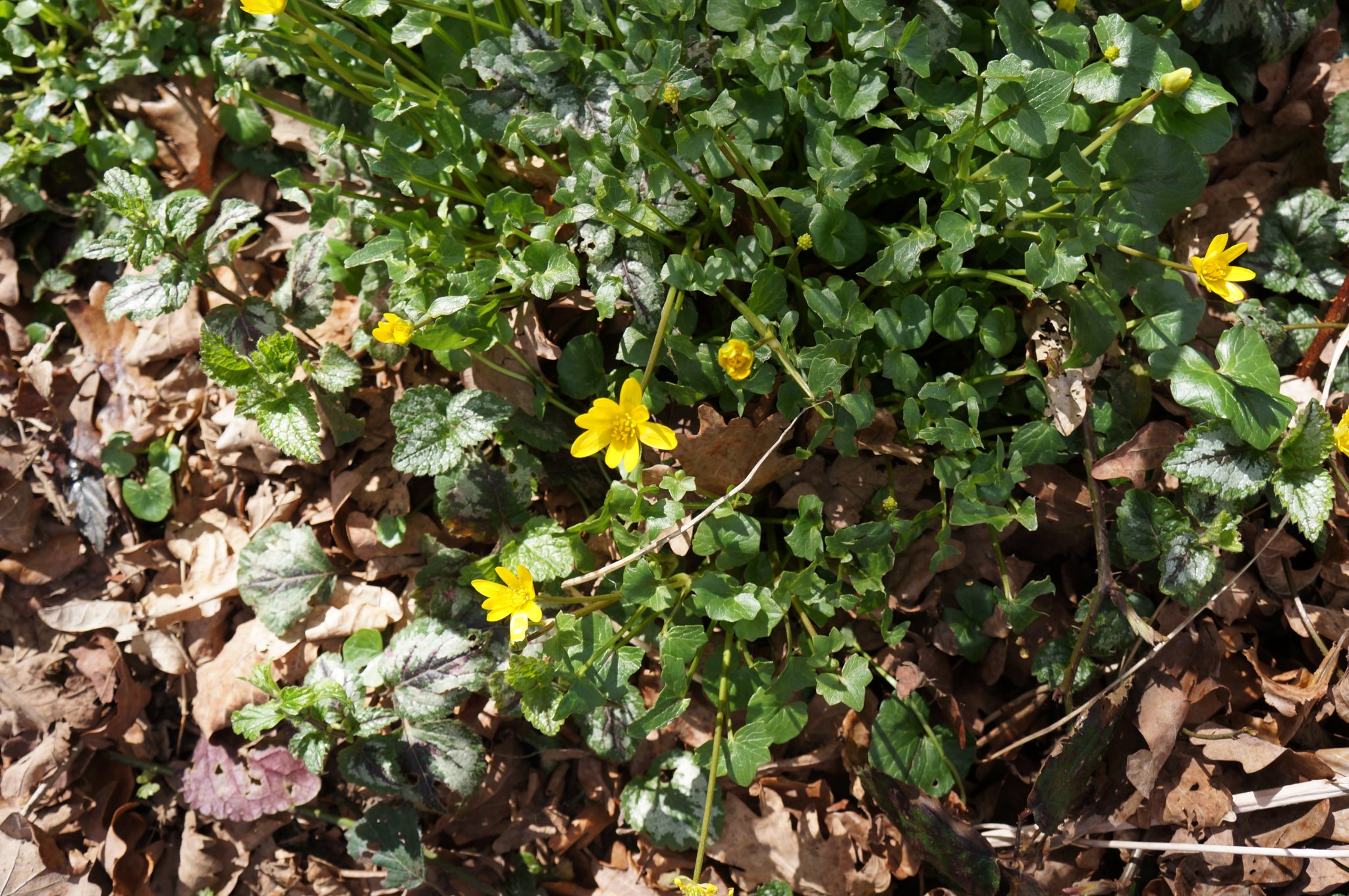 Abraham Lincoln
If given the truth, the people can be depended upon to meet any national crisis...
Abraham Lincoln
If given the truth, the people can be depended upon to meet any national crisis...
 Guildford news...
for Guildford people, brought to you by Guildford reporters - Guildford's own news service
Guildford news...
for Guildford people, brought to you by Guildford reporters - Guildford's own news service
Beekeeper’s Notes April 2018: It’s All Kicking Off Again
Published on: 1 Apr, 2018
Updated on: 31 Mar, 2018
Hugh Coakley keeps bees in Worplesdon. He talks about the new season starting again.
It’s has been a lovely, seasonal month. ‘In like a lion and out like a lamb’ says the saying about March and it has proved right this year. Snow at the start of March was beautiful; crisp and dry due, I presume, to the low humidity.
It was -11 degrees C outside our house but it didn’t feel too cold and it was lovely to walk out in.

A good four inches fell at the beginning of the month giving a picturesque scene. The bees tightly cluster in the hive to keep warm. Click on the images to enlarge in a new window.
Through the month, the weather gradually got warmer, falling back on and off but with an upward temperature trend. At every opportunity, the bees have taken the gift of the warmer weather, anything above about 10 degrees C, and been out and about doing their business.
In some cases, literally as they were on defecation flights; offloading after a long spell of forced indoors captivity.
I could see bucket loads of pollen going in which is a good sign that the queen is likely to be laying – just what should be happening now. She was down to virtually zero over Christmas but has gradually increased her production. All of this is conjecture as I haven’t opened up any of my hives yet this year. But it is a fair bet.

Pollen pouring into the hive as soon as the weather warmed up. You need to click on this photo to get a better look.
You wonder where all of the pollen is coming from so early in the year but it’s obviously out there. I have seen at least three different coloured pollens arriving at the hive entrance from the bright yellow, to an orangy-yellow to a grey. It is of course, the common flowers and plants that supply most of the common needs of insects.
On a quick walk around my area with a camera, there were lots of plants ready for the bees. No bees in sight on any of the flowers though but the hard (or soft pollen) evidence is there at the hive.
So, crocus and snowdrops catch our attention as they do the bees. But there are also daisies and dandelions even this early in the year. Then there is the lesser celandine in the road and track verges, unobtrusive but very profuse and with bright yellow pollen.
And willow is coming out as well and that will be a great food source for our bees.
And the forsythia in our gardens.
Then comes the daffodils. Lovely though they are, they are not top of the bees list as a food source. Like roses or pansies, they are bred for their looks and colour and not for their pollen or nectar. If it looks like a very complicated flower or with a variegated colour, the chances are it won’t be attractive to insects.

Daffodils look lovely and we welcome them in the spring but not as a food source for bees except as a last resort.
It looks like all my hives have survived the winter which is great. I am looking forward to having the first look some time next month, weather permitting.

See Dragon story: GBC’s Explanation of Major Land Sale Notice Error ‘Borders on Arrogant’ Says Councillor







Recent Articles
- Notice: Surrey New Writers Festival – May 18
- Great Post Office Scandal Reporter Coming to Guildford
- Woking Wipeout for Conservative Councillors
- City and Manager ‘Part Company’ After Slide in Results
- PCC Election Result – Conservative Lisa Townsend Retains Commissioner Role
- Letter: It’s a Sad State of Affairs
- Times Rankings Showing GBC To Be Worst Council in Surrey Dismissed by Lib Dems
- Birdwatcher’s Diary No.303
- Letter: What a Scoop!
- Filmfest – a Festival of German Films


Search in Site
Media Gallery
Dragon Interview: Local Artist Leaves Her Mark At One of England’s Most Historic Buildings
January 21, 2023 / No Comment / Read MoreDragon Interview: Lib Dem Planning Chair: ‘Current Policy Doesn’t Work for Local People’
January 19, 2023 / No Comment / Read MoreA3 Tunnel in Guildford ‘Necessary’ for New Homes, Says Guildford’s MP
January 10, 2023 / No Comment / Read More‘Madness’ for London Road Scheme to Go Ahead Against ‘Huge Opposition’, Says SCC Leader
January 6, 2023 / No Comment / Read MoreCouncillor’s Son Starts Campaign for More Consultation on North Street Plan
December 30, 2022 / No Comment / Read MoreCounty Council Climbs Down Over London Road Works – Further ‘Engagement’ Period Announced
December 14, 2022 / No Comment / Read MoreDragon Interview: GBC Reaction to the Government’s Expected Decision to Relax Housing Targets
December 7, 2022 / No Comment / Read MoreHow Can Our Town Centre Businesses Recover? Watch the Shop Front Debate
May 18, 2020 / No Comment / Read More










Recent Comments